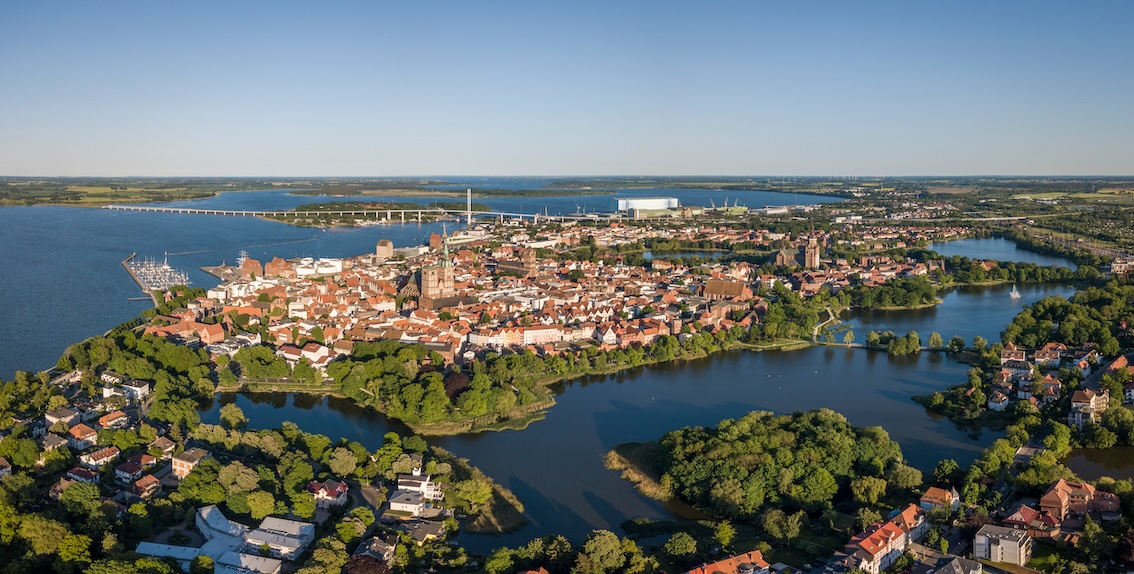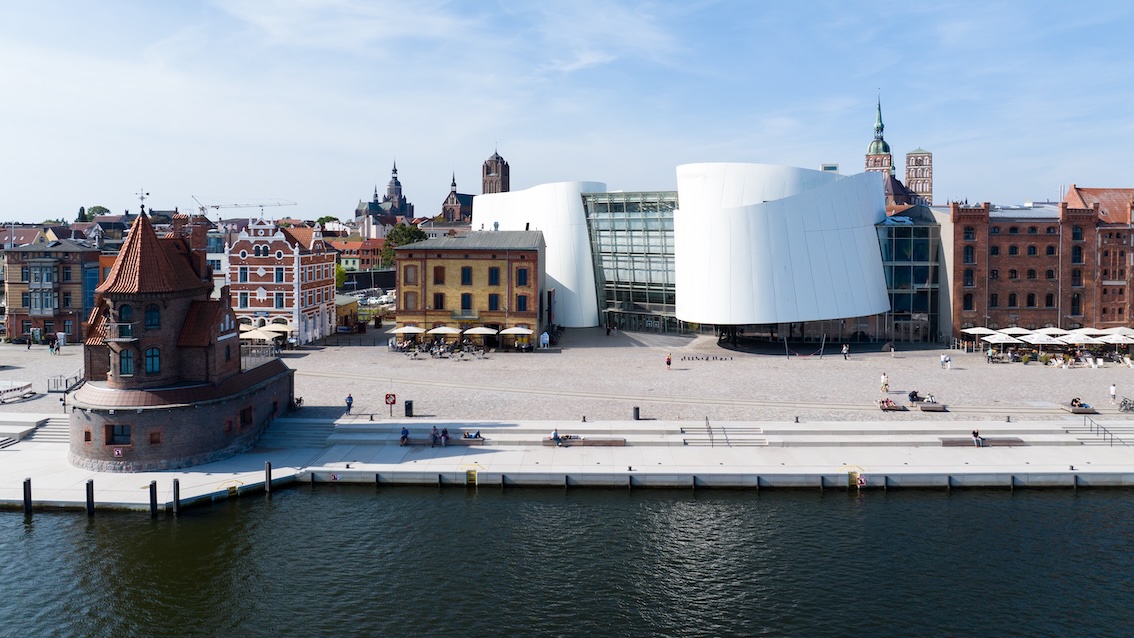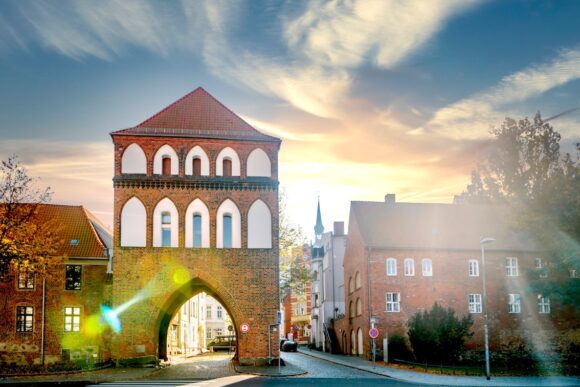Stralsund has a UNESCO World Heritage designation for a reason. In the north of Germany on the Baltic Sea, it was once an important trading and shipping port for the Hanseatic League, an alliance of merchant guilds and towns in Northern Europe. Having been both a part of Prussia in the 19th century after the Congress of Vienna and part of the Soviet Zone after World War II, visitors will be fascinated by Stralsund’s deep history, gothic red-brick architecture, and the natural beauty of this unmissable town.
 IURII BURIAK / Shutterstock.com
IURII BURIAK / Shutterstock.com Dive into Stralsund’s wide variety of history at one of its museums
In Stralsund, there are a plethora of museums to pique the interest of visitors. At Ozeaneum, dive into the wonderful world of the Baltic Sea, with exhibits dedicated to the fish, crustaceans, birds, and mammals of Stralsund’s neighboring sea. With over 50 aquariums and a life-sized replica of a blue whale, this museum is perfect for ocean and animal lovers alike.
 Deutschland Abgelichtet / Shutterstock.com
Deutschland Abgelichtet / Shutterstock.com Oceaneum, Stralsund.
For those more interested in history, the Stralsund Museum is the way to go. It is split into three different locations that reveal different aspects of the town’s fascinating past. At St. Catherine’s Monastery, visitors can admire Viking treasure, while also learning about Stralsund’s medieval history and its place in the Hanseatic League. At the 700-year-old Museum House, experience life in Stralsund’s Gothic and Baroque era and marvel at its many centuries of cultural history. The Stralsund Naval Museum is a must-see for all those interested in military history. It is located in a fort on the nearby island of Dänholm, where the Prussian Navy originated and is home to many different military artifacts, including a helicopter and torpedo speedboats.
At the Playing Card Factory Museum Workshop, visitors of all ages will find themselves completely immersed in this old printing house. Having been established in 1872, it provides the hands-on experience of printing your own cards, as well as tours.
 Sina Ettmer Photography / Shutterstock.com
Sina Ettmer Photography / Shutterstock.com Swim or stroll on Stralsund Beach
In Stralsund, nature is never very far away. A ten minute walk on the Sundpromenade will take you straight from the charming city center to Stralsund Beach, or the “Lido” as it is called there. Nestled between vibrant green trees and the glistening Baltic Sea, a nearly 1 km long sandy beach with slides and climbing equipment is available for families and beach lovers alike.
There is a beach volleyball court and a snack bar, making it a fantastic place to enjoy a full day outside. It is important to note that there is no direct parking at the beach but it is a quick bus ride, walk, or bike ride along the Baltic Sea Cycle Route to get there.
Celebrate The Wallenstein Days
Every summer, Stralsund celebrates and remembers thesuccessful resistance in 1628 against Imperial troops led by Albrecht von Wallenstein, a Bohemian commander during the 30-Years-War. During the Wallenstein Days, the festival spreads out across the city with plenty to do and see, from parades and processions to battle reenactments with cannons, gunsmoke, and fireworks. Food and drinks are plentiful at the beer garden and fish market.
A notable event is the plague procession which serves as a reminder and memorial to all the citizens of Stralsund who died of the Black Death in 1629, with 50% of the population at the time perishing. The Wallenstein Days are the largest folk festival in Northern Germany and an excellent time to visit Stralsund.
Getting to Stralsund
By car, Stralsund is approximately 8.5 hours from Kaiserslautern, 9 hours from Stuttgart, and 7.5 hours from Wiesbaden. Check with Deutsche Bahn for train options.
Featured image by Sina Ettmer Photography /Shutterstock.com








